What passes for environmentally sound practices today are deep reflections of an economic system, but they’re not green, and they’re not going to ensure either the survival of the earth or of our children. Right now, the City of Vernon, British Columbia is debating whether to keep spraying treated sewage water over indigenous grasslands, golf courses and soccer fields in infilled wetlands or to just pour it into Okanagan Lake. The issue is cost. The reason for that is that “land” and “water” are considered “raw materials”, which are “capital” in an economic system that mines the earth’s creative potential, without ever replenishing it. What I learned in Iceland over the last two months is that “land” and “water” are not raw materials, and creative potential is the only potential there is. An economic system that is complacent about wasting that potential has no future. The one green option in Vernon, to rebuild the grasslands so that the water is moved by the sun and gravity again, at reduced cost and leading eventually to no cost at all, or true wealth, is not part of the debate, although it should be leading it. Here, let me show you. Below is an image of Okanagan Landing, taken this morning, looking Southwest from the Bella Vista Hills.
Now, let me show you the image again in an annotated version, so you can see clearly the story it tells.
A Story of a Lost Environment
The indigenous grassland in the foreground has retained at least some of its capacity to move and store water and to process it into food. The vineyard to the right has mined this environment for three raw materials: “sun”, “land” and “water”, in order to increase the sale prices of the houses on the subdivision above them. The water in the lake is fossil water, left over from the melting of the glaciers 10,000 years ago. It regulates the climate, and ensures that life can live on the hills. It is not for use. The infilled wetlands and the lost grasslands above them are irrigated with water removed from the system that feeds the lake through its forests, grasslands and wetlands. It costs millions of dollars to do, against the millions of dollars of free profit from the land that the earth would otherwise have provided. What’s more, almost all of this earth has been alienated from public use, for now and forever in the future. Now, let me show you a different economic model. This one’s from Iceland.
Just one of the Kazillion Un-named Waterfalls in Iceland, Suðurdalur
Now, take a look at the annotated version below, to see the story this piece of earth tells.
This was once home. Although the over-grazing induced by poverty led to the depletion of the original birch forests here, the Icelandic system of retaining the creative capital of the environment has allowed for reforestation, without impacting future creative uses of the land, including such public uses as tourism or recreation. Future wealth has been created. What wealth was there in the past has been retained. This isn’t always quite what it seems. Here’s what that waterfall above looks like from the current road below …
 Every bit of wealth that has been removed from the cycle of this piece of earth, in the form of capitalized equipment of one form or another, has been used until it is out-dated, in the fashion of such products, and then is banked, so that the creative potential within it can continue to benefit the farm. It was never the product that was important, but what went into the product. The shape of a piece of metal is more valuable than the metal itself. Here’s that reservoir of creativity again, this time with my little rented Yaris. Someday, it will retire to a farmyard like this — where it will be no less valuable than it is today, ready for its creative energy to be mined for new purposes.
Every bit of wealth that has been removed from the cycle of this piece of earth, in the form of capitalized equipment of one form or another, has been used until it is out-dated, in the fashion of such products, and then is banked, so that the creative potential within it can continue to benefit the farm. It was never the product that was important, but what went into the product. The shape of a piece of metal is more valuable than the metal itself. Here’s that reservoir of creativity again, this time with my little rented Yaris. Someday, it will retire to a farmyard like this — where it will be no less valuable than it is today, ready for its creative energy to be mined for new purposes.

None of this is junk. In a fully capitalized system, such as the one in Vernon, this material would be melted down and recapitalized as new material, and all of the human ingenuity it contains would be lost, as would the original investment, which came from sheep grazing these hills. As such, the above image is actually an image of environmental sustainability and green thinking. So is this…
Ruined Farm, Reyðarfjörður, Iceland
Notice that the old turf-wall system has been incorporated into the new Post-World-War II system of using discarded American military materials. Ingenuity is something that Icelanders are loathe to waste, and which Canadians discard readily because in Canada’s economic system that ingenuity and the creative potential of the land it draws upon has long ago been mined, capitalized, and replaced. That all costs money. Not only that, it costs earth. I’m not romanticizing here. I mean, there are ruins in Iceland. For example, here’s a ruined turf house in Reyðarfjörður…
 And here’s the ruin of the post-War concrete house it was replaced with …
And here’s the ruin of the post-War concrete house it was replaced with …
 Like the turf house, it was not built to last, because it was not removed from a natural process. It spent no creative energy. It only gave it form for a time. The thinking that went into the construction of this house utilized old scraps, such as the iron bar that used to tie the wall together above this window that looked out from the kitchen, next to the stove.
Like the turf house, it was not built to last, because it was not removed from a natural process. It spent no creative energy. It only gave it form for a time. The thinking that went into the construction of this house utilized old scraps, such as the iron bar that used to tie the wall together above this window that looked out from the kitchen, next to the stove.
Over and over and over, the Icelandic writer Gunnar Gunnarsson pointed out that poverty is the greatest wealth. Those are the words of a man whose mother died of poverty when he was eight and who had so little economic wealth when he was young that it wasn’t a part of life at all. What then did Gunnar mean? Among other things, he meant this:
 Beach Wrack, Reyðarfjörður, Iceland
Beach Wrack, Reyðarfjörður, Iceland
To any man who lived on what he could scrounge from land or sea, this rope would have been great wealth. It is now garbage, because it has no capital potential and thus, in a capitalized system cannot be exchanged for wealth. The seaweed that would have once fed the man’s sheep, is also now waste upon the shore — although it is as fully wealth as it was once in the past, and perhaps will be some day again. Gunnar meant more than that, though. He also meant this:
Stock buildings (foreground), fence, turf house, and boat shed by the water … this was Gunnar’s Iceland: a country where wealth that came from human creative energy meeting the creative energy of the land was built up over time. Its products (wool, lambs, children and so forth), were created directly out of this energy. In other words, they were creative products, not the physical ones that capitalization demands. As such, they could be sold without diminishing the land’s capacity to provide more creative energy — something impossible in a capitalized system, in which the wealth follows them, extracted continually from the earth, which is compensated only with money that can only be spent on products that lie outside of the land’s cycles and which must be continually replaced, generation by generation. This is what the Vernon model has done by removing water from the earth’s own economy and placing it in a technical framework, which must nonetheless be paid for by the land. These price includes a social cost, as real as any other economic input. Not only is the transformation of water into a utility economically unviable in the long term, but it costs this:
 Close up of the Water Fall I Showed You Above, Suðurdalur
Close up of the Water Fall I Showed You Above, Suðurdalur
Without beauty and mystery, there is only enslavement and poverty. Let me put that another way: once the creative potential of earth has been spent, it loses all beauty and mystery and ceases to be earth. It becomes a product, and the people who live upon it become products as well. In the economic system in Vernon, British Columbia, every piece of earth gets removed at a certain point in history and “developed” — usually into subdivisions, and is no longer a part of the earth’s economy. Building that economy, however, is the goal of environmental sustainability. As the Icelandic model shows, it can be done in a couple ways, at least: one is to maintain an economy built on creative physical energy rather than on capitalization; another, perhaps more practical in our present age, is maintain that creative physical energy within the products already paid for and developed, such as this:
 Horse-Drawn Manure Spreader, Skriðuklaustur, Iceland
Horse-Drawn Manure Spreader, Skriðuklaustur, Iceland
This piece of antiquated machinery represents the lives of hundreds of sheep and many men and women and horses who lived and worked here. It also represents the energy of its designers and creators, and of the men who mined the ore and the others that smelted it into the iron that made it, and the others that shipped it here. Withdrawals can be made from this bank of energy in the form of useful pieces of fabricated steel, which represent the social and creative energy that went into them, and which can be recombined into articles of new cleverness, not new machines, per se. Withdrawals can also be made more directly on the social capital of this machine, by turning it into art, or history, or tourism, or a deep sense of belonging, or respect, or a connection with one’s ancestors. That is what it is to be a human on this earth and of this earth. It is not a world of things. It is not a world of raw materials. It is a world of creative potentials, in which the economy is creation. The earth keeps giving us chances. It’s time to run with some of them. Here’s one…
The photo doesn’t show it, but that’s a wild bee with a neon blue abdomen, on a dandelion growing in an overflow beach parking lot near Okanagan Lake. The bee lives on wild land, while domesticated bees are dying out. The dandelion has colonized land that humans have thrown away from their capital plans. It has, in other words, brought creation to it, and holds within it the potential for several new industrial ventures, which will enrich the creative potential of the land in the same way that the flower has by growing here, rather than than making withdrawals from it that it never intends to repay. Well, the earth is telling us that it is time to repay our debts. It doesn’t want our money. It wants us to create within its own economy. Rebuilding the earth would be a use of economic capital that would show a tremendous return on investment. Here, for instance:
Another industry in potential. They live on free water.
… and here …
Remains of Indigenous Gardens, Bella Vista
Yet more industry in potential. And what are our politicians talking about? Sewage and money. Incredible.



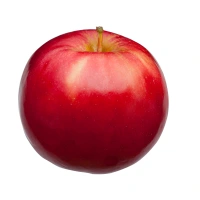

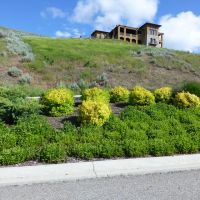

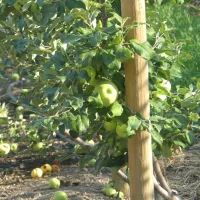
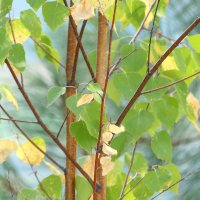
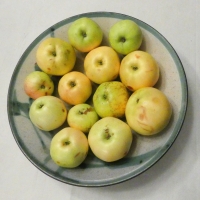
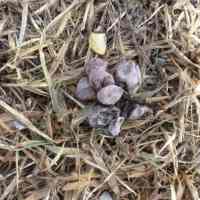
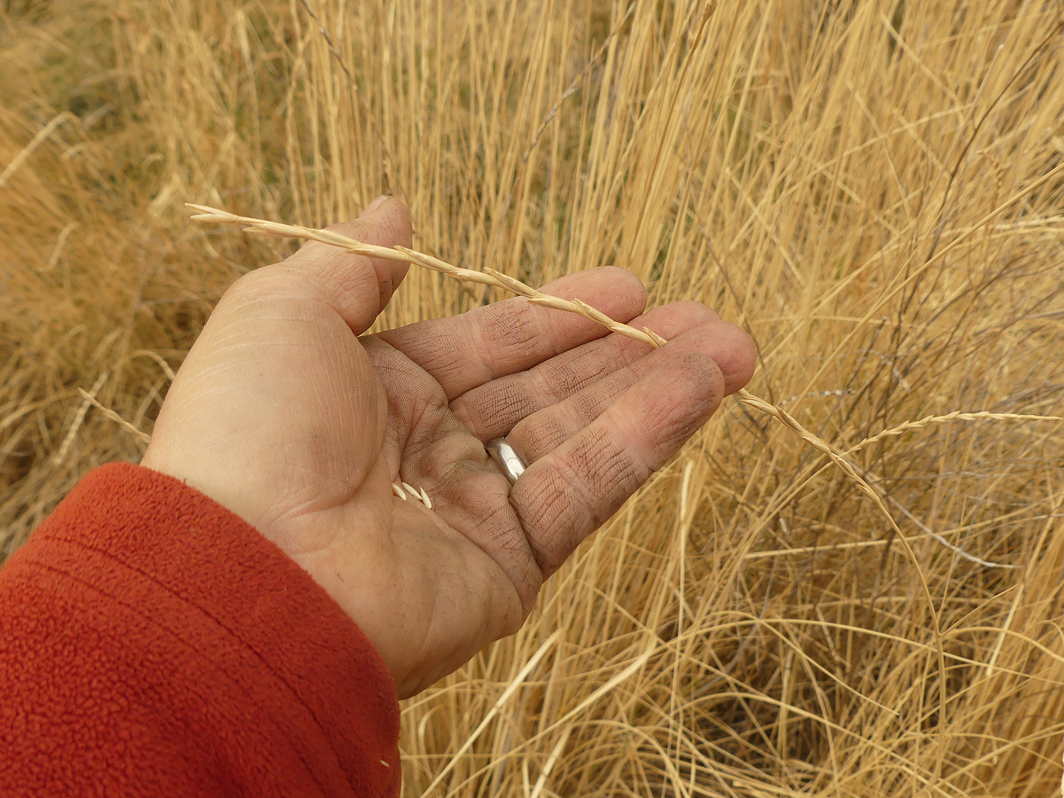











Looks like we do all have the same politicians, except that ours are definitely worse!
LikeLike
What are they up to?
LikeLike
Hey, don’t spoil my day, please 😉
LikeLike
I think it’s a good story, actually, because we now have the terms to speak about the future rather than the past. Should I do a post directly on that, to rephrase this positively?
LikeLike
Please, go ahead-speaking about the future is the only way of not losing hope when things do not look good!
LikeLike
I’ll try for tomorrow! Thanks for the nudge. I agree about the future. What inspires me is that the future is here. It has already started. It’s just that the words aren’t given to it. That gives me great hope. Speaking can be powerful.
LikeLike